Presentation: Nursing Student Identity and Clinical Practice Analysis
VerifiedAdded on 2021/10/13
|13
|789
|34
Presentation
AI Summary
This presentation analyzes the article "Theory and practice in the construction of professional identity in nursing students: A qualitative study" by Marañón & Pera (2015). It begins with an introduction to Patricia Benner's "From Novice to Expert" model, which describes the stages of skill acquisition in nursing. The presentation then delves into the research article, discussing its objective to understand how nursing students perceive their academic and practical training and how it influences their professional identity development. The research design, participants, and data analysis methods are outlined, highlighting the use of ethnographic and qualitative study with third-year nursing students. The presentation summarizes the study's findings, including the significance of clinical placements, the role of clinical mentors, and the value of problem-based learning. The analysis emphasizes how clinical placements provide opportunities for students to understand professional reality and gain confidence. The mentor's role in guiding students and transferring elements related to professional identification is also discussed. The presentation concludes by reiterating the importance of clinical placements and the need for further study in skill transfer for effective nursing practice.
1 out of 13
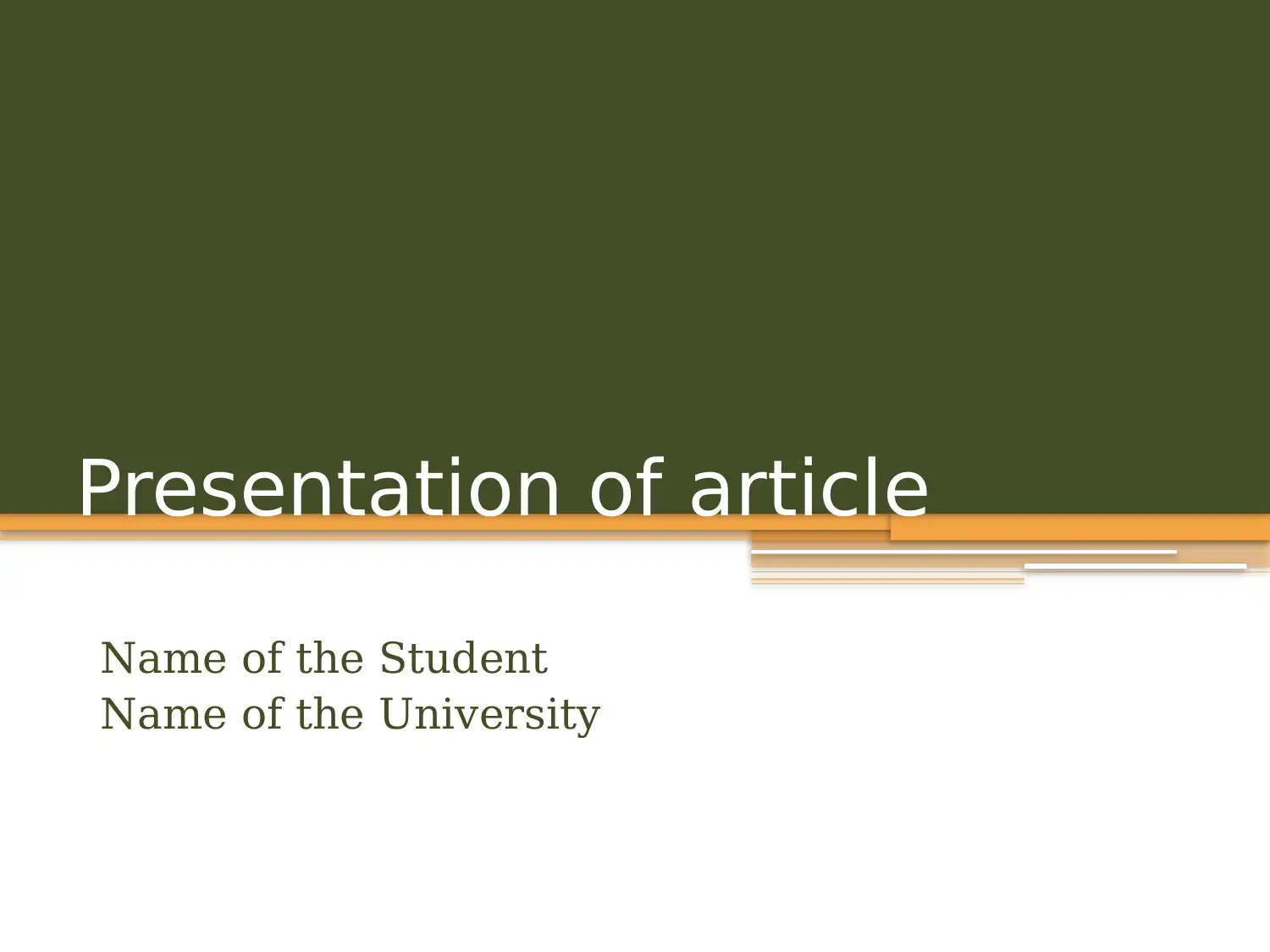
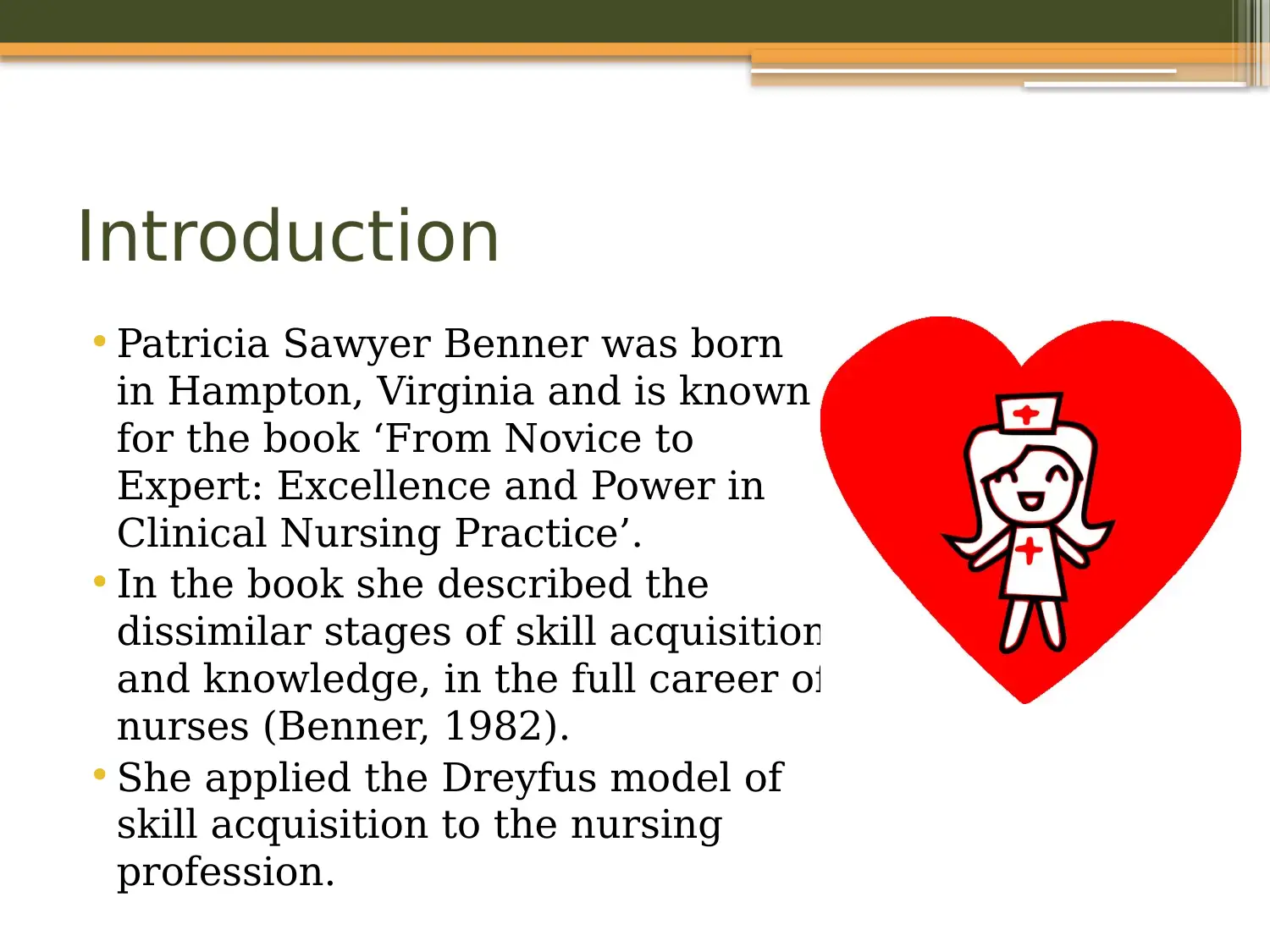
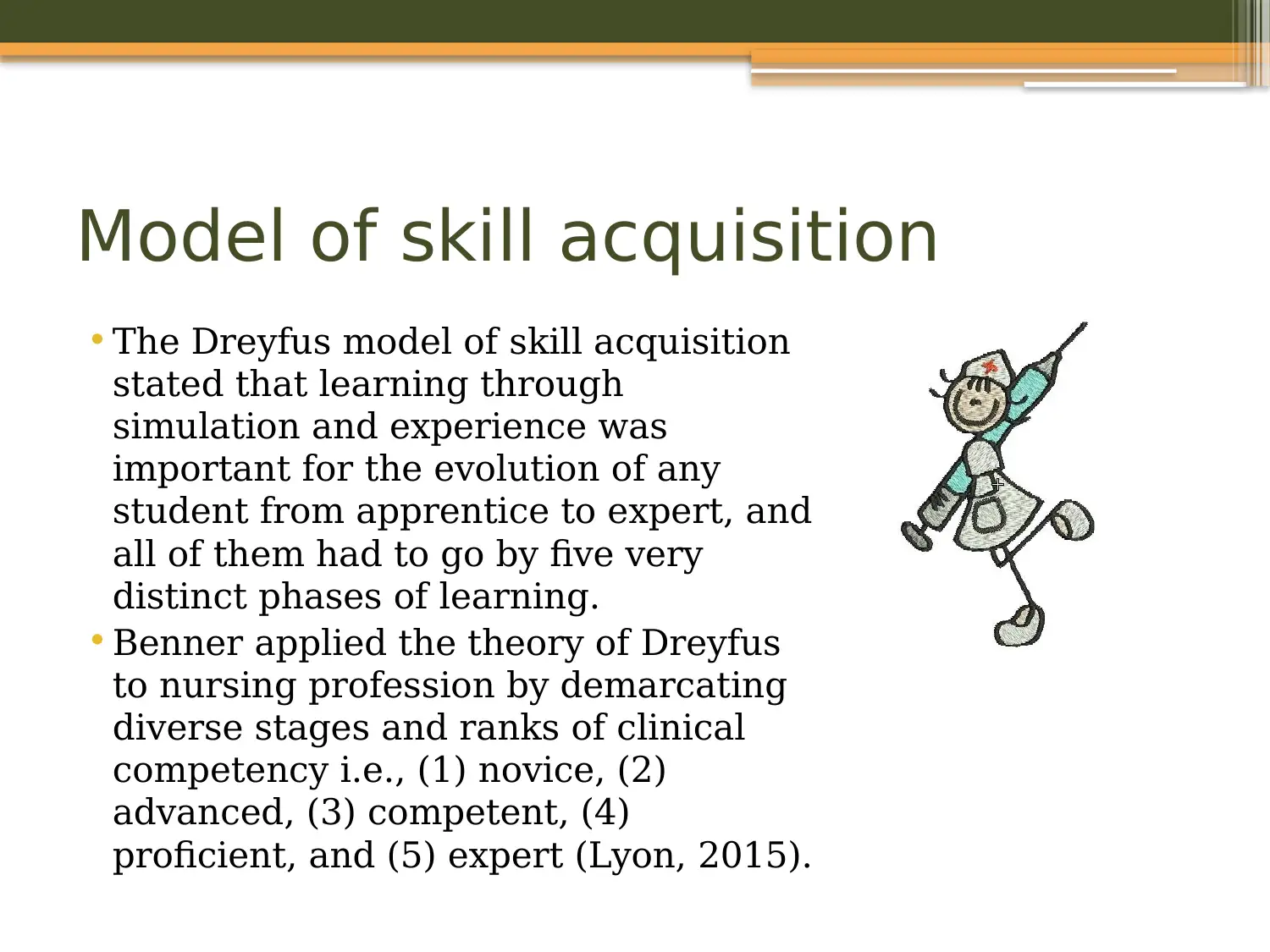

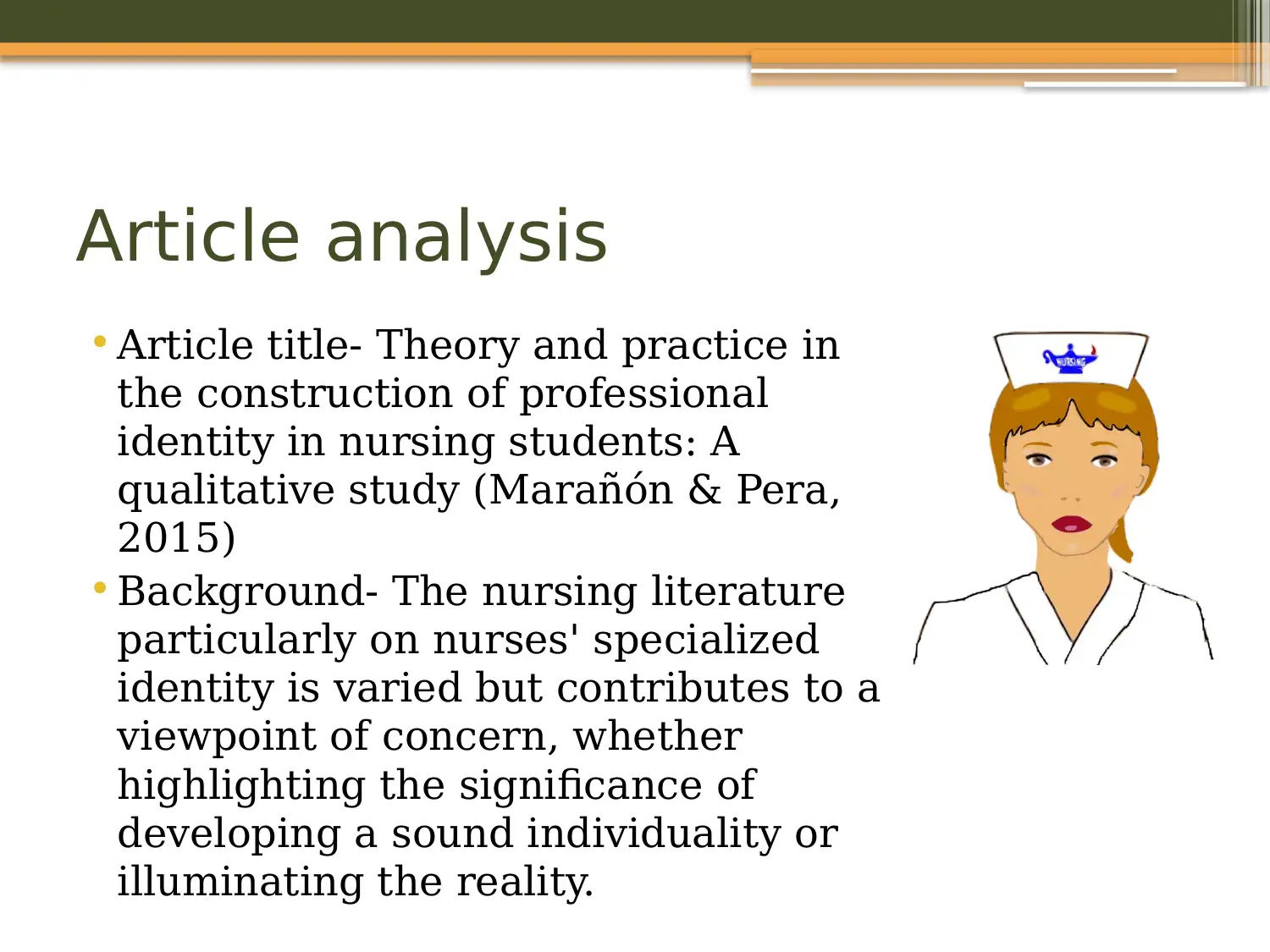
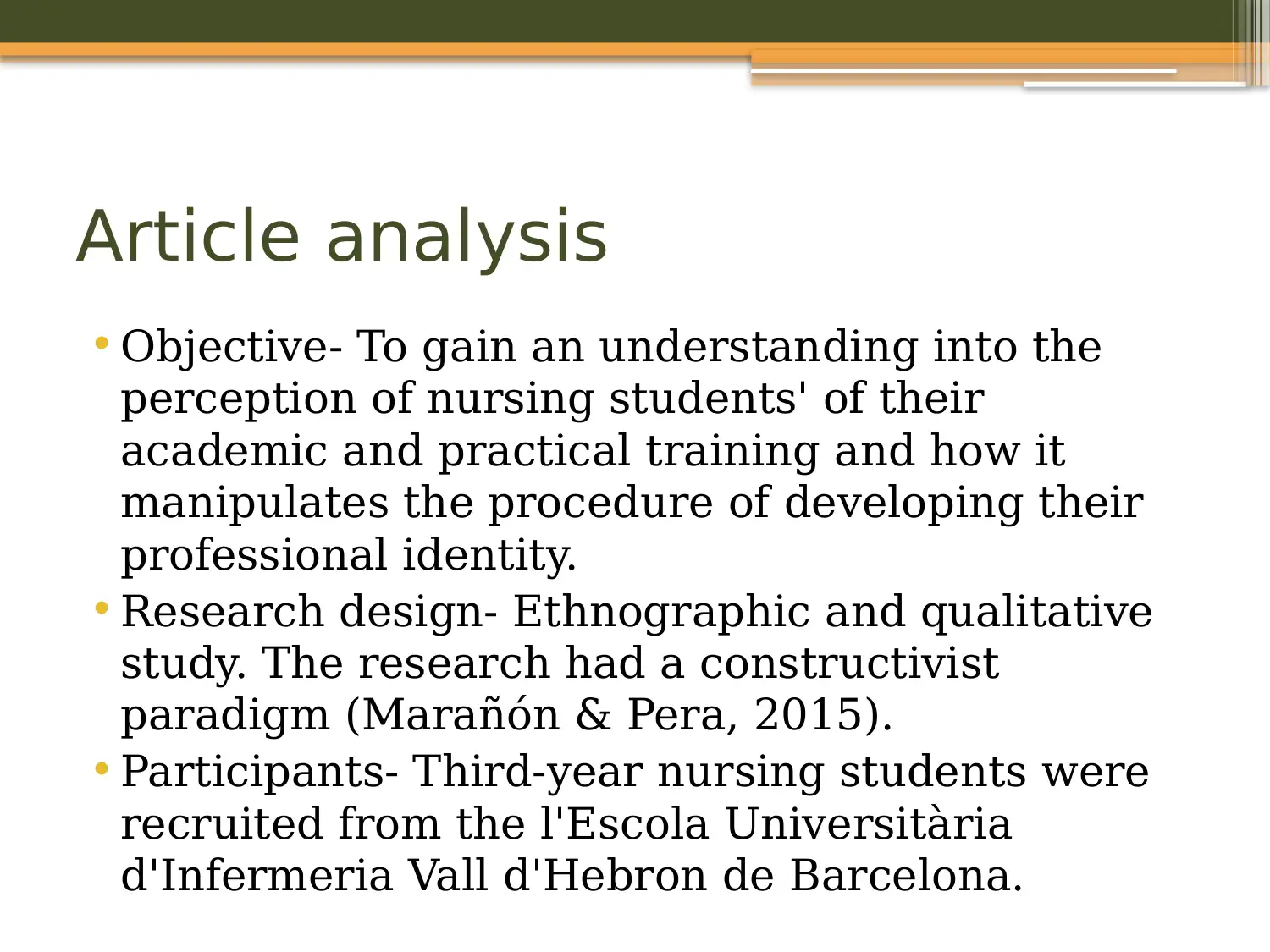
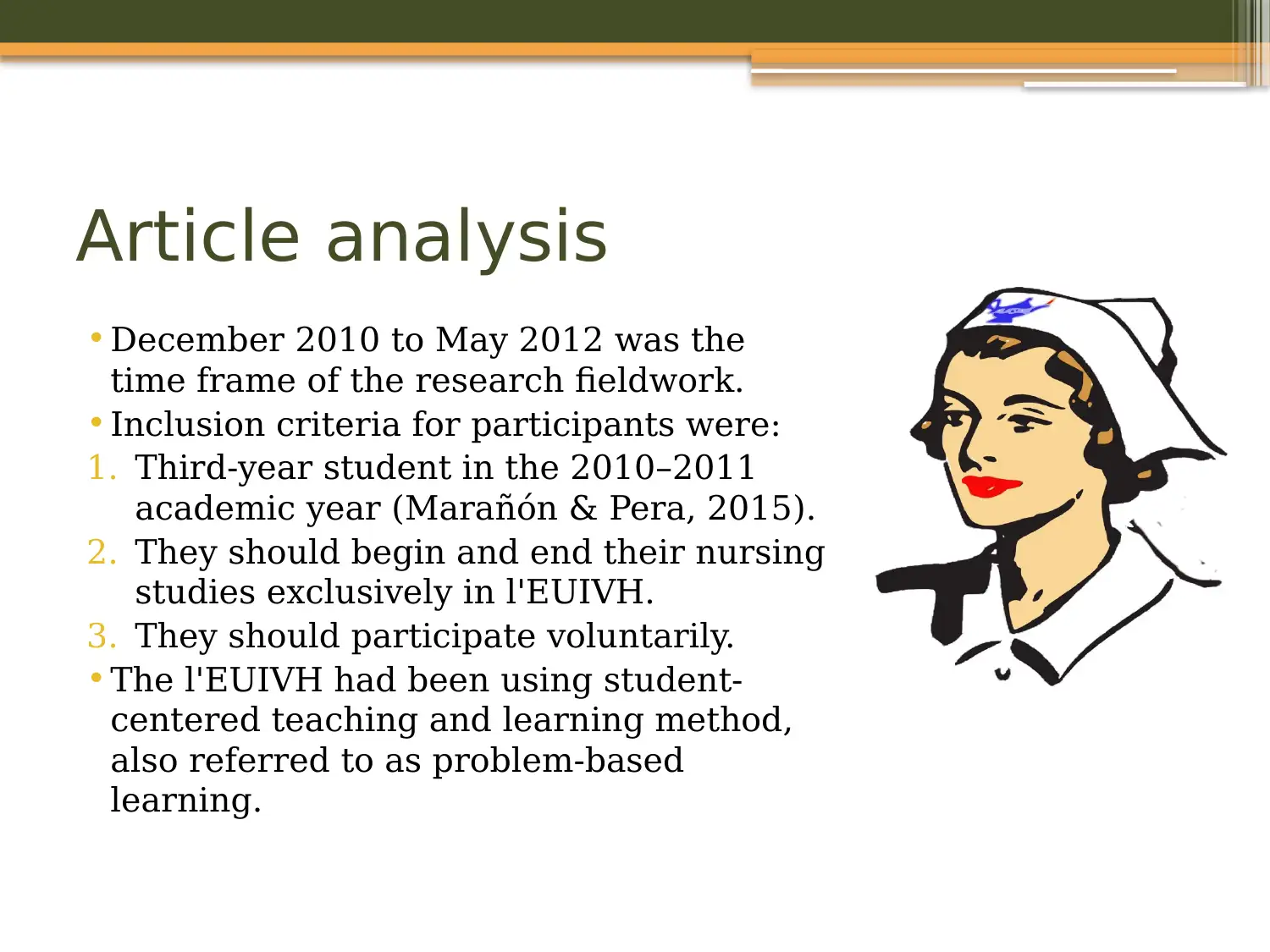
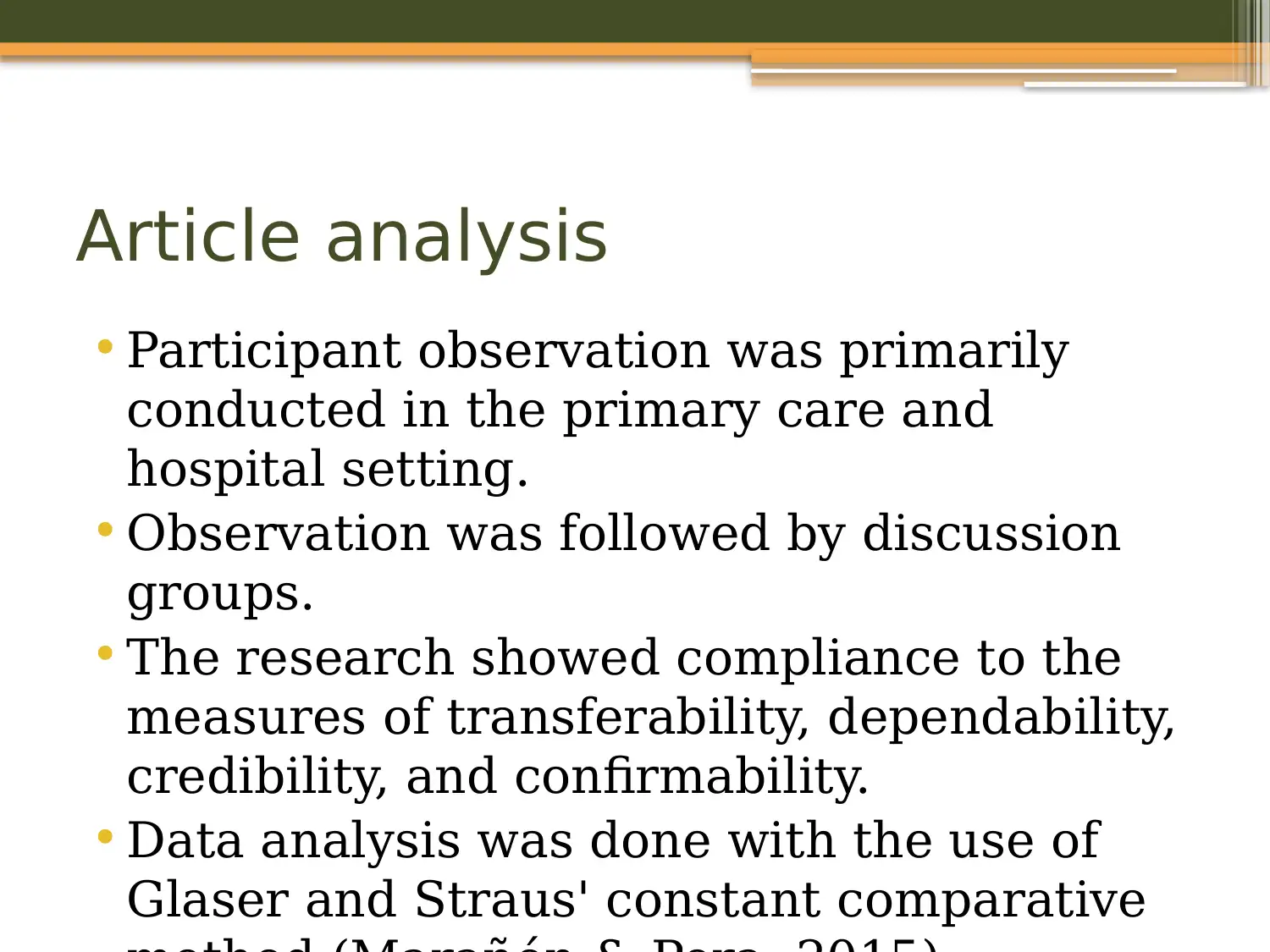
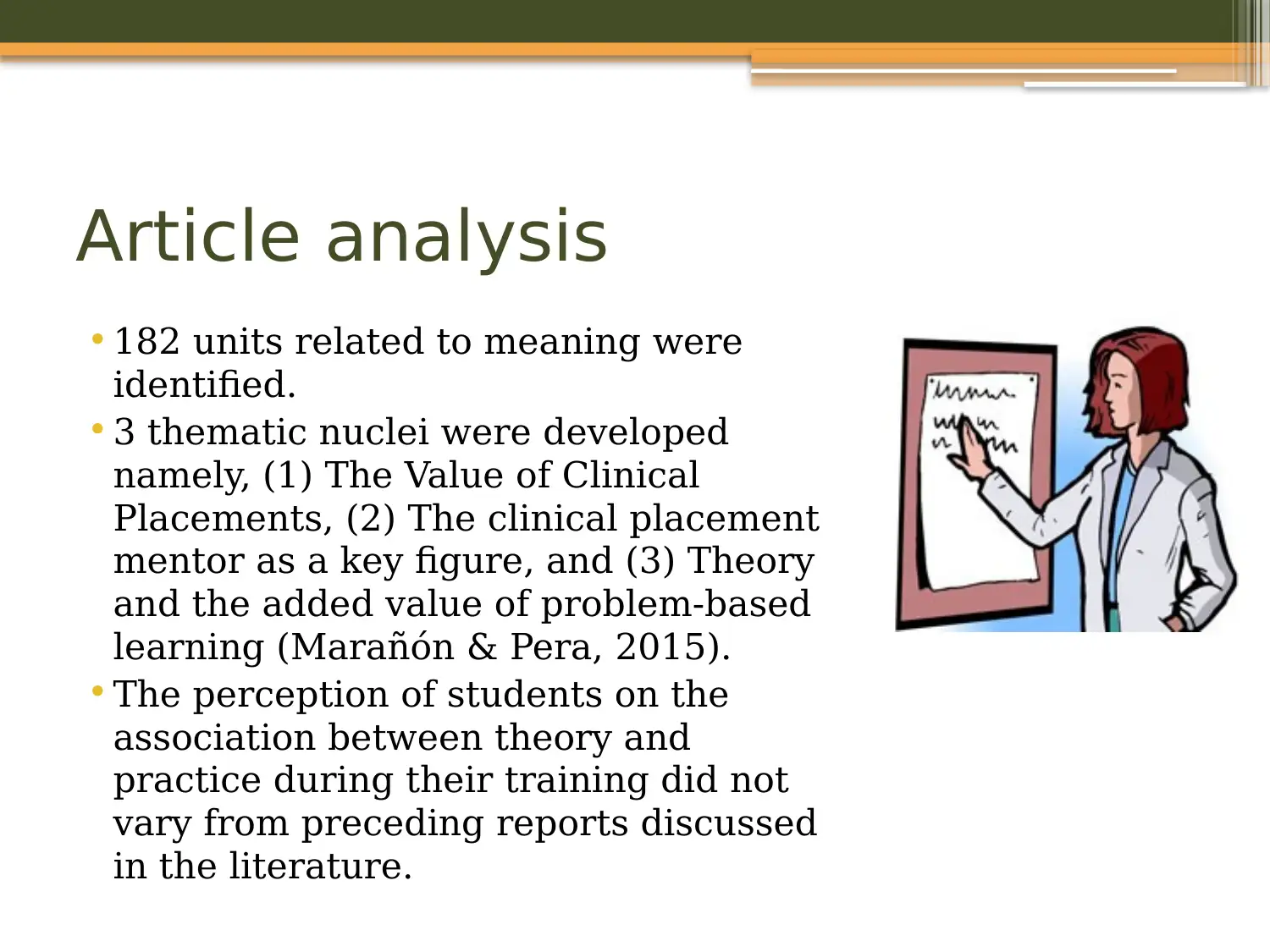
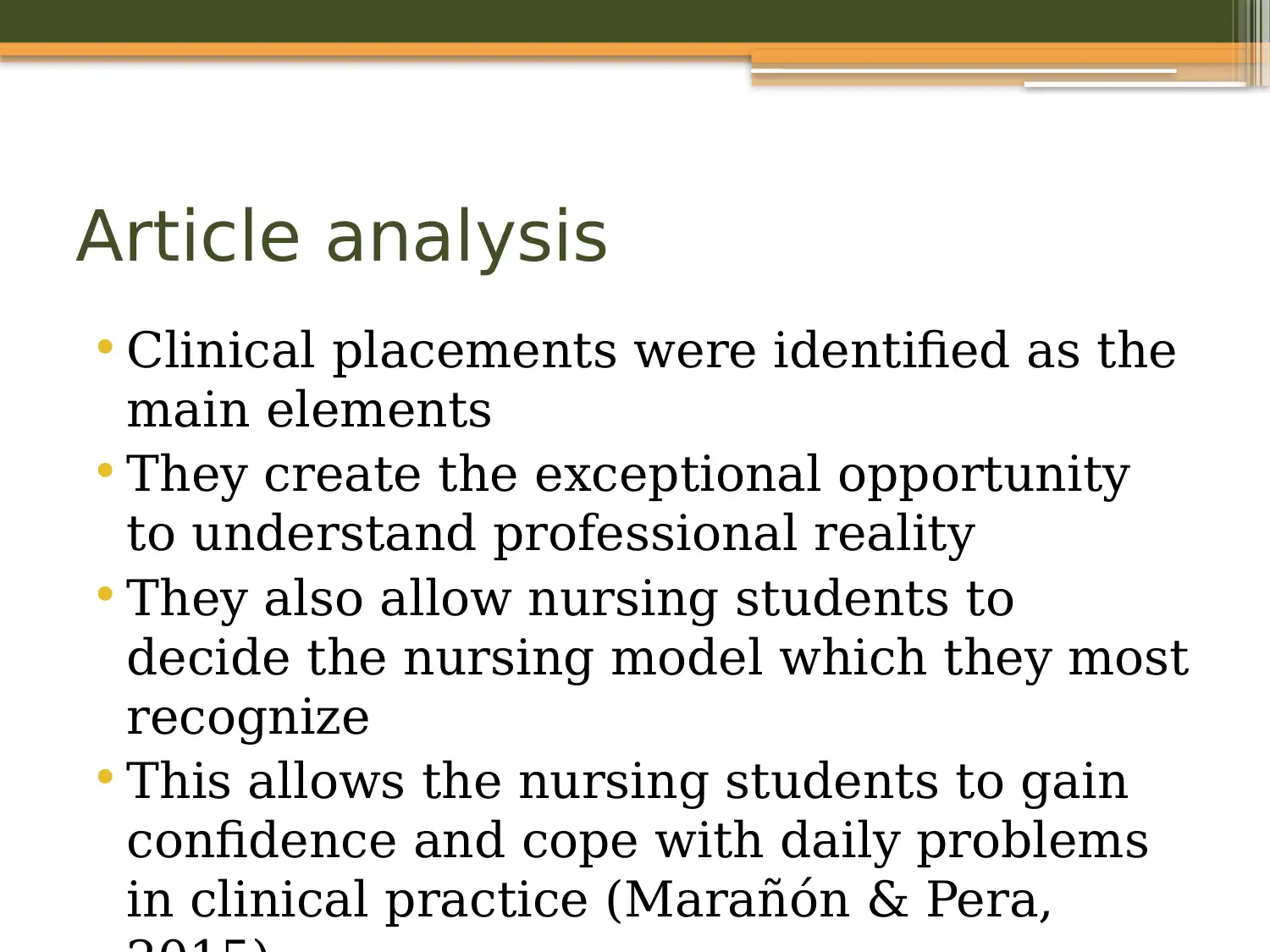
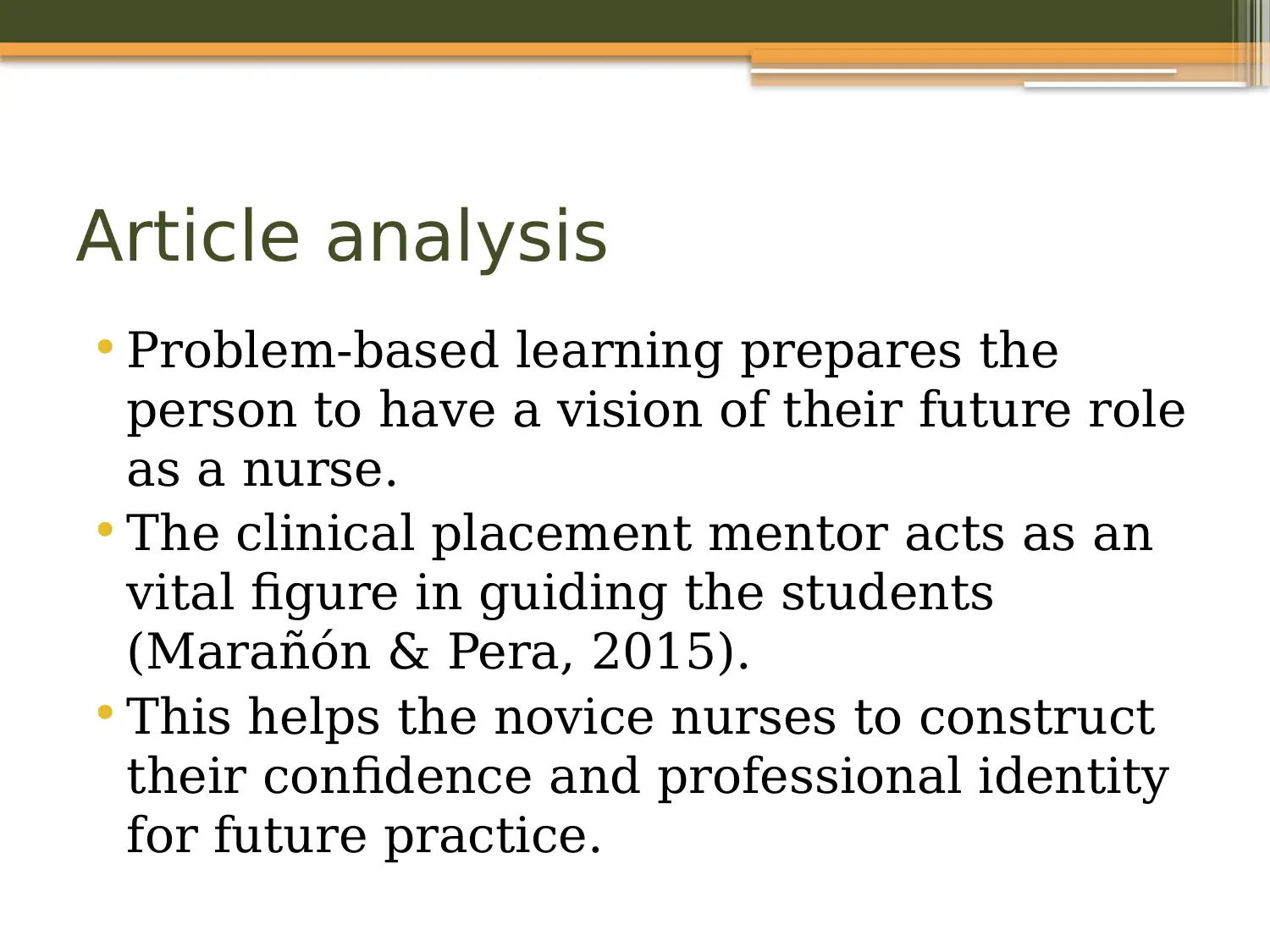
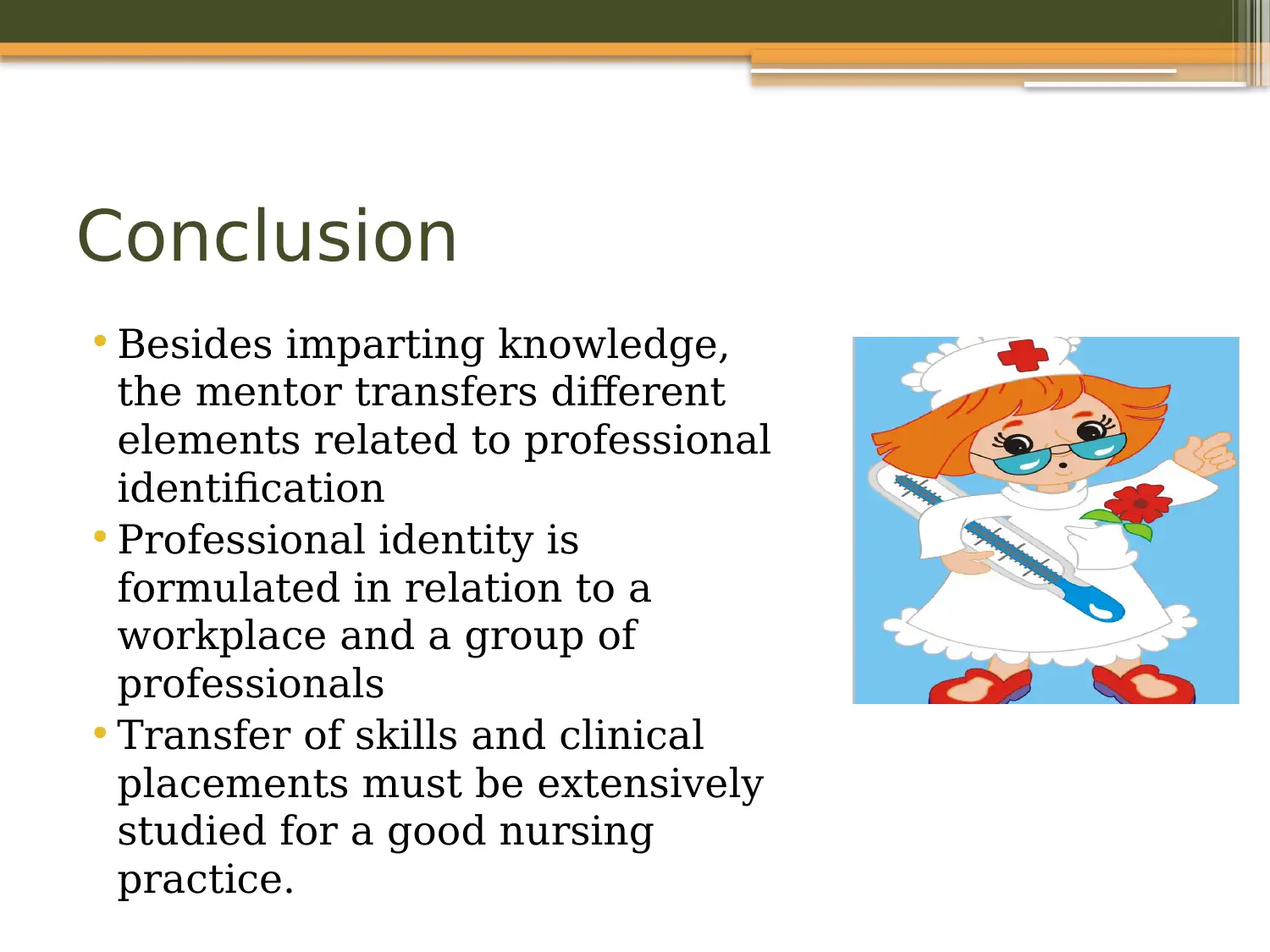
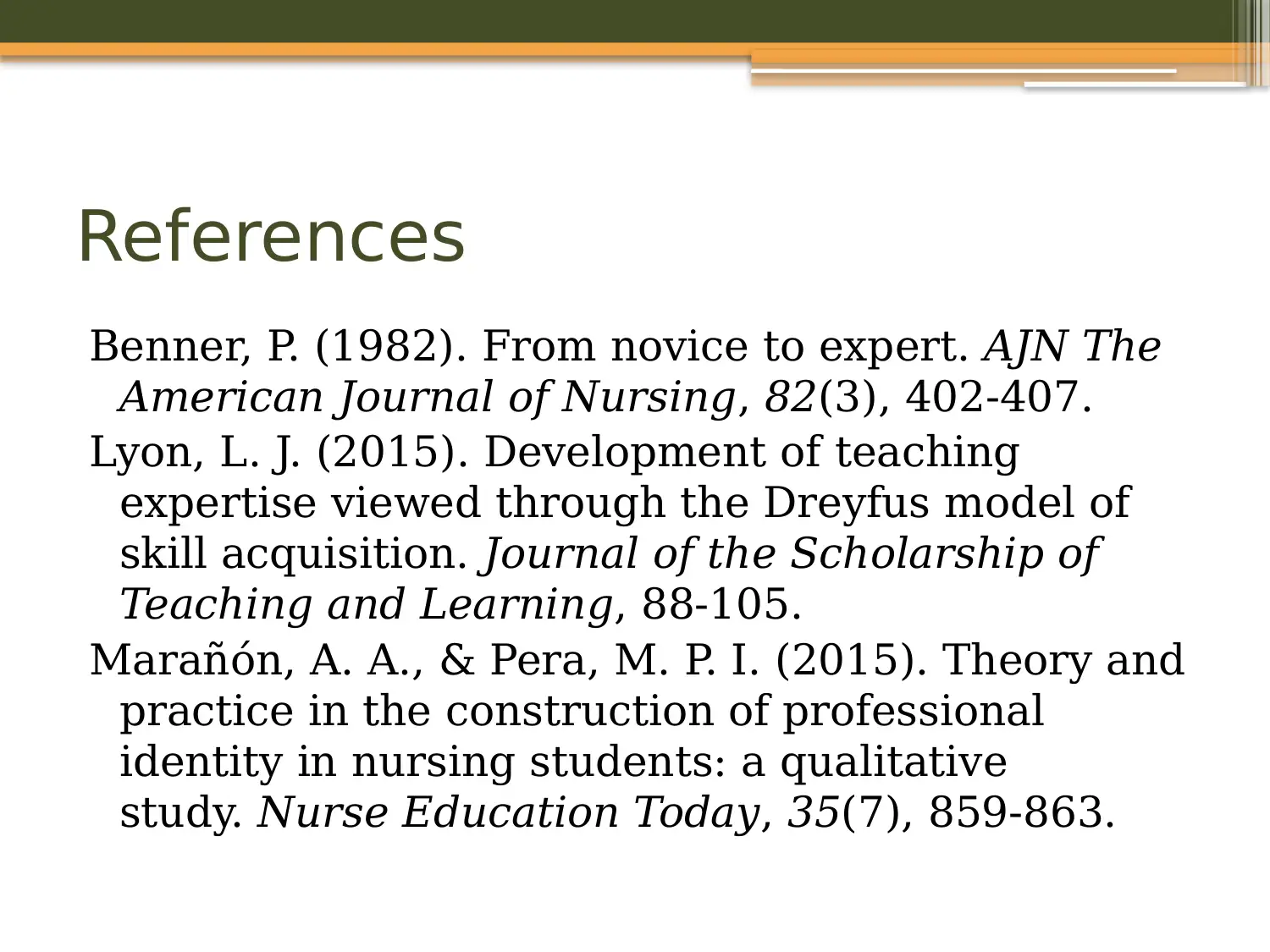






![[object Object]](/_next/static/media/star-bottom.7253800d.svg)